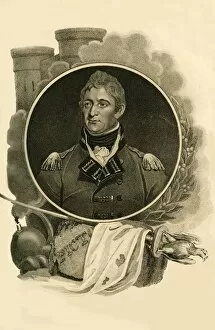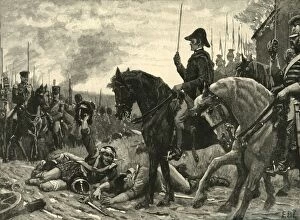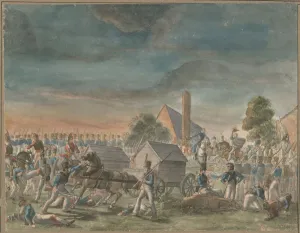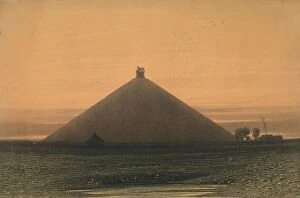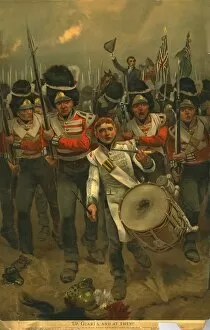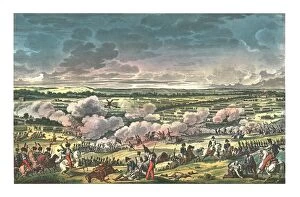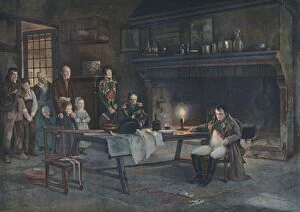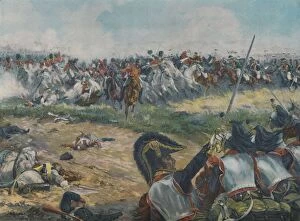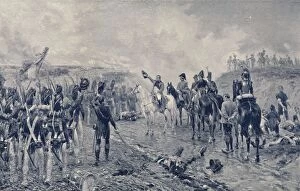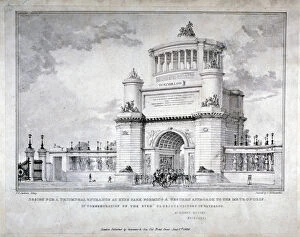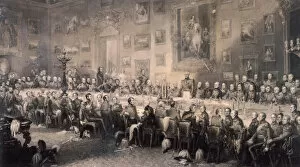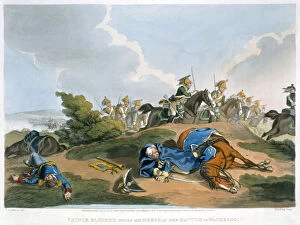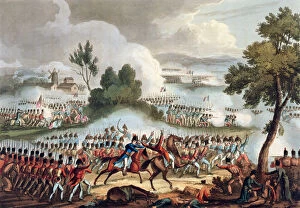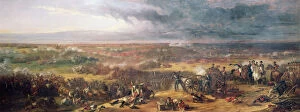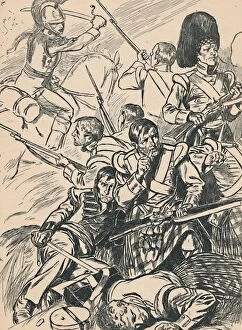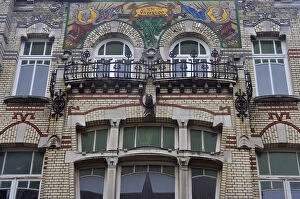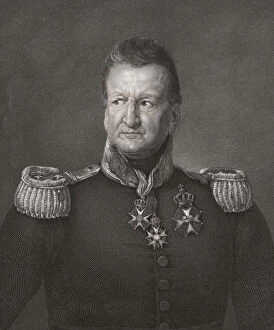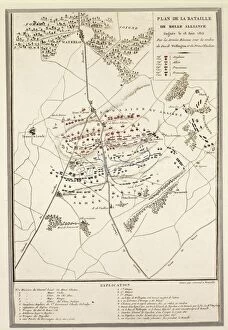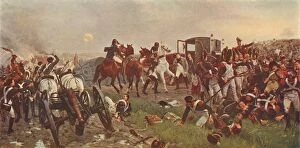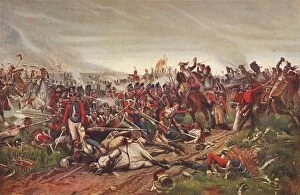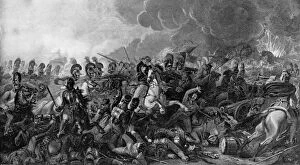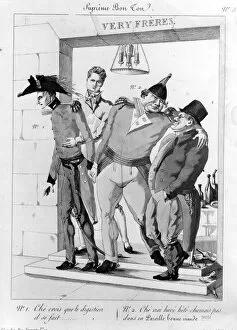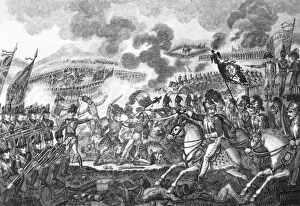Battle Of Waterloo Collection (#10)
"The Battle of Waterloo: A Historic Clash that Shaped Nations" On the 18th of June, 1815, a momentous clash unfolded on the fields near Waterloo
For sale as Licensed Images
Choose your image, Select your licence and Download the media
"The Battle of Waterloo: A Historic Clash that Shaped Nations" On the 18th of June, 1815, a momentous clash unfolded on the fields near Waterloo. Lawrence, Duke of Wellington J040044, stood at the helm of the British army, determined to defend against Napoleon Bonaparte N070490 and his forces. The map of this legendary battle from the 19th century reveals its strategic complexity. As cannons roared and swords clashed, one iconic image emerged - "Scotland for Ever; the charge of the Scots Greys at Waterloo. " These brave soldiers charged fearlessly into battle under a hailstorm of bullets. Their unwavering courage became etched in history. Meanwhile, Lefevre-N070490 led his troops with fervor as he sought victory over Wellington's forces. But it was not just these two commanders who played pivotal roles in this epic conflict. Field Marshal Blucher N070506 joined forces with Wellington's army to create an unstoppable alliance against Napoleon's ambitions. The British army advanced relentlessly across treacherous terrain during this fateful day. Allan-J040105 captured their determination in his artwork titled "The Battle of Waterloo. " It depicts soldiers pushing forward amidst chaos and destruction. "What will they say about this in England?" pondered Wellington as he rallied his troops with inspiring words before unleashing them onto the battlefield (chromolitho). The outcome would shape nations for years to come. As dusk settled over the battlegrounds, Dawe-N070506 immortalized this historic event in his painting - "The period is towards close of day. . Battle of Waterloo. " This masterpiece encapsulates both triumph and tragedy experienced by all those involved on that fateful day. The Battle Of Waterloo marked a turning point in European history – where empires rose and fell within hours. It forever altered political landscapes and defined military strategies for generations to come. Today, we remember those who fought valiantly on that hallowed ground.

